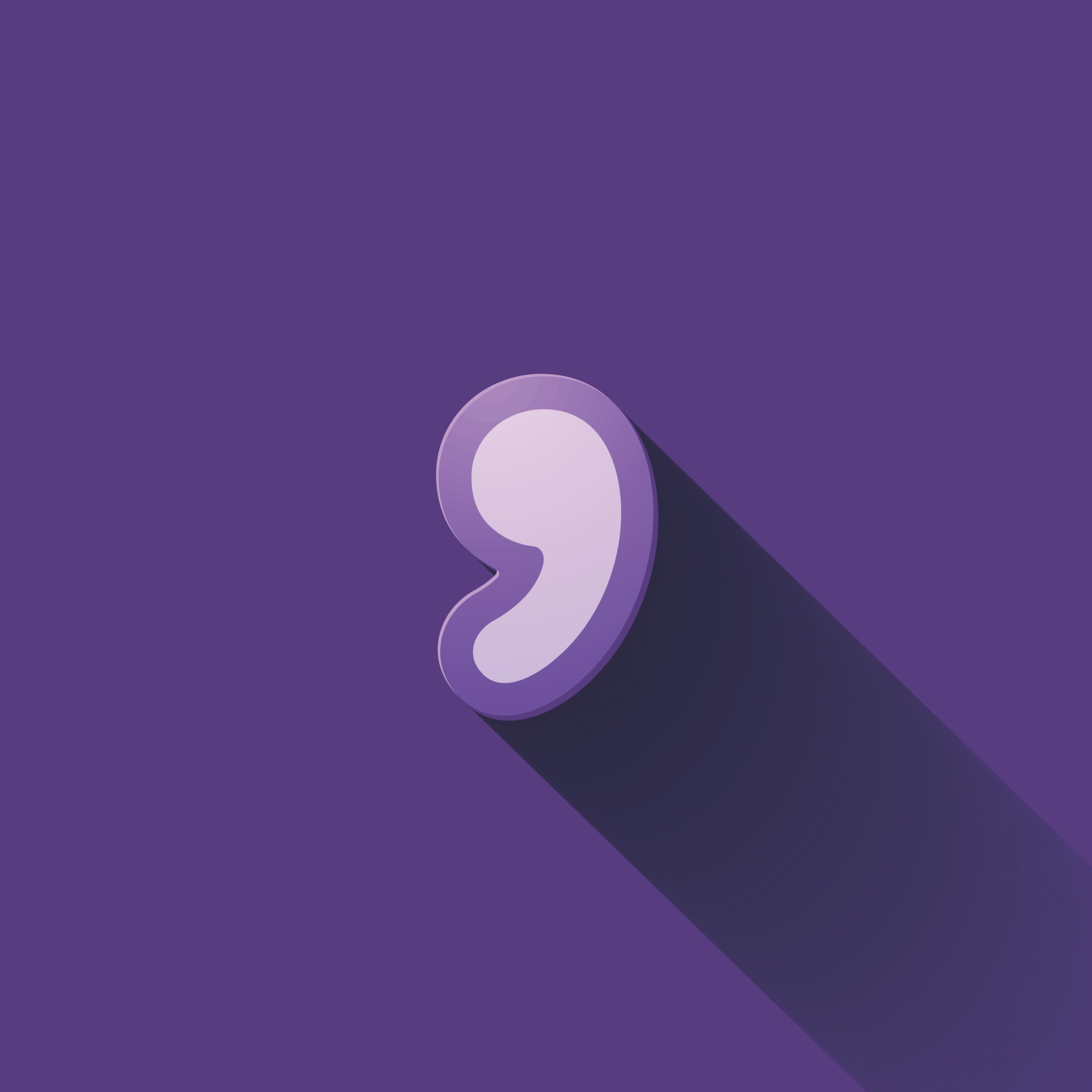Sign up for The Media Today, CJR’s daily newsletter.
The little word “and,” we probably all know, is a conjunction. It connects things: “She is tall and thin” means she is both of those things; “she had on a sequined dress, a feather boa, and a diamond pin” means she was wearing all three of those things.
If you are a follower of the Oxford/serial/Harvard comma wars and a journalist, you may be shaking your fist at the comma before the “and” in that second example. That’s this magazine’s style, so tough. The style that most journalists follow, however, does not use the Oxford/serial/Harvard in a simple series, only if it’s needed for clarity.
ICYMI: Why journalists should avoid the word ‘collective’
Many journalists have been scolded by so many editors about how “we don’t use the serial comma.” So, in knee-jerk fashion, some automatically throw out any comma before “and” that they come across.
And that’s where they sometimes throw their readers out of the window.
The conjunction “and” doesn’t just connect things in a series. It can also connect sentences. Bear with us while we take a trip back to grammar school.
“She is tall and thin” is a complete sentence. “She had on a sequined dress, a feather boa and a diamond pin” is also a complete sentence. They can be joined into one sentence. Here are three ways to do it:
- “She is tall and thin, she had on a sequined dress, a feather boa and a diamond pin.”
That way is incorrect. If you use only a wimpy comma to connect the two sentences, the combination becomes what’s called a “comma splice,” also known as a “run-on sentence” or a “fused sentence.”
- “She is tall and thin; she had on a sequined dress, a feather boa and a diamond pin.”
That way is grammatically correct, though not the most elegant. Semicolons can connect two complete sentences, though they, like the Oxford comma, are the subject of much heated debate.
- “She is tall and thin and she had on a sequined dress, a feather boa and a diamond pin.”
Here, the conjunction “and” connects the two sentences. Most readers won’t be confused, because they quickly encounter the subject “she” and the verb “had,” which signals to them that this is a new, complete thought.
But what happens when that signal is delayed?
Here’s an example of the beginning of a sentence:
- “About half of teens who smoke cigarettes choose menthols and flavored e-cigarettes …”
Most readers are forming in their heads the image of teenagers who are choosing menthols and flavored e-cigarettes, two separate items, like a sequined dress and a feather boa.
But here’s the whole sentence:
- “About half of teens who smoke cigarettes choose menthols and flavored e-cigarettes have been blamed for a recent increase in teen vaping rates.”
Suddenly, the reader is confronted with another verb phrase—“have been blamed”—and the sentence starts to not make any sense until she backs up and starts again. If she does, she might realize this was really two sentences: “About half of teens who smoke cigarettes choose menthols” and “Flavored e-cigarettes have been blamed for a recent increase in teen vaping rates.”
The two sentences were correctly connected with the coordinating conjunction “and,” which says that what comes before and after it are of equal weight grammatically. But because that second verb (have been blamed) doesn’t appear for some time, the reader didn’t know it was a new sentence.
So, grammatically speaking, when using the conjunction “and” to connect two sentences, you need that comma before “and” to make sure your readers know they’re entering a new sentence.
- “About half of teens who smoke cigarettes choose menthols, and flavored e-cigarettes have been blamed for a recent increase in teen vaping rates.”
(Yes, you could also rewrite that sentence. That would have made a much shorter column.)
But what happens if what follows the conjunction is not a complete sentence, for example, lacking a subject? We did it two paragraphs ago: “But because that second subject and verb don’t appear for some time, the reader didn’t know it was a new sentence and thought ‘flavored e-cigarettes’ were just another item in the series of what teens were choosing to smoke.”
Was there some momentary confusion that “sentence and thought” were both being used as nouns?
The rules of grammar say you do not have to have a comma before a conjunction if what follows would not be a complete sentence. But the rules of clarity say you should try to see where your sentences are leading readers. That’s especially true with what we call “vouns and nerbs,” when a word like “thought” can be either a noun or a verb, and the reader needs more information in the sentence to decide which one it is.
Omit the comma and confusion might result. Include the comma, and your readers will keep reading.
ICYMI: Diary of a laid-off reporter
Has America ever needed a media defender more than now? Help us by joining CJR today.



